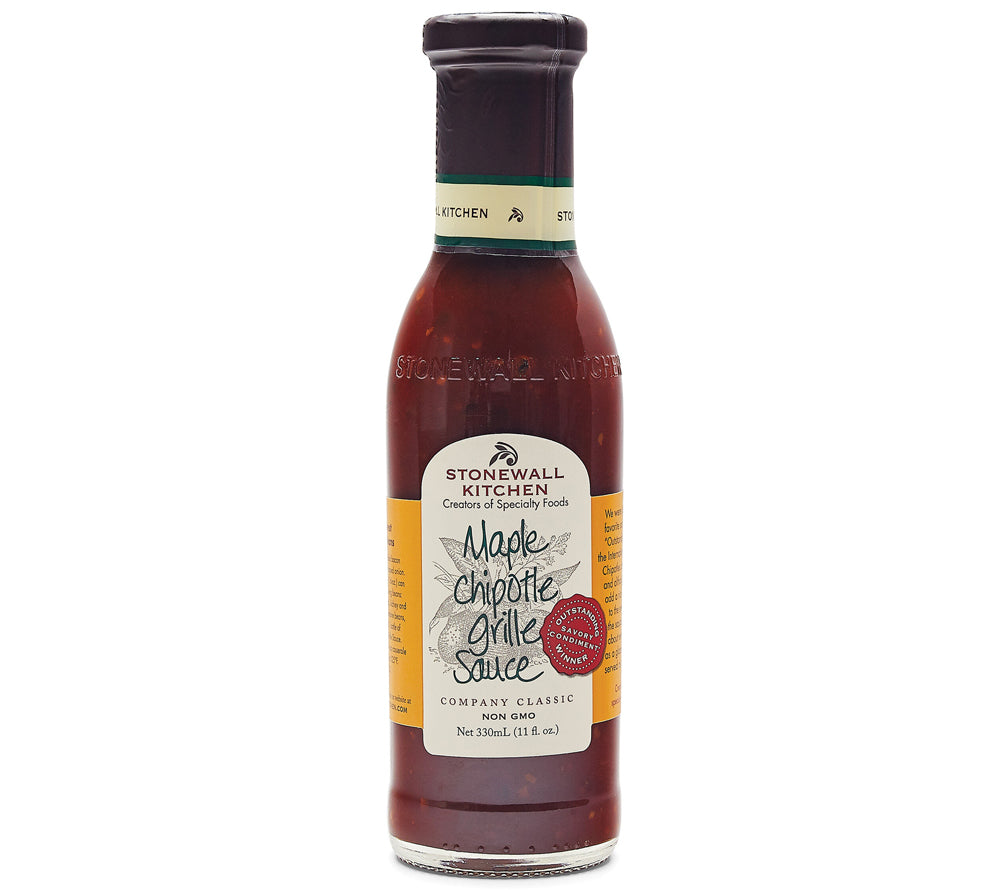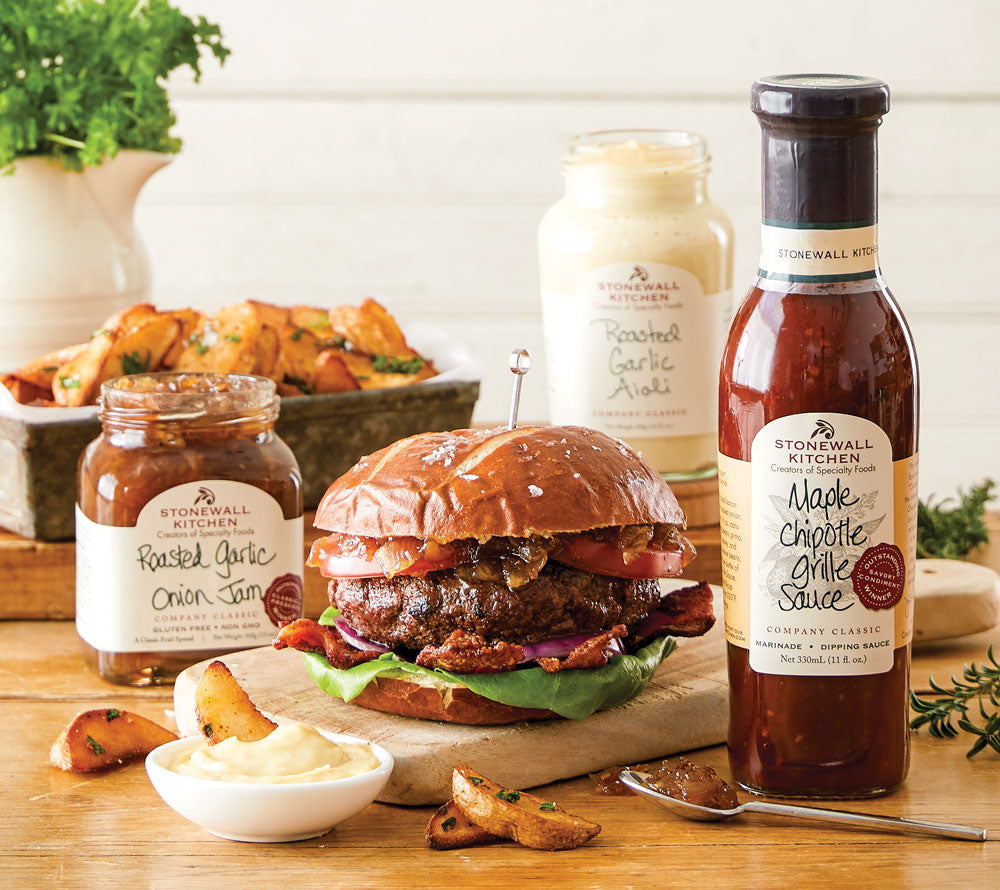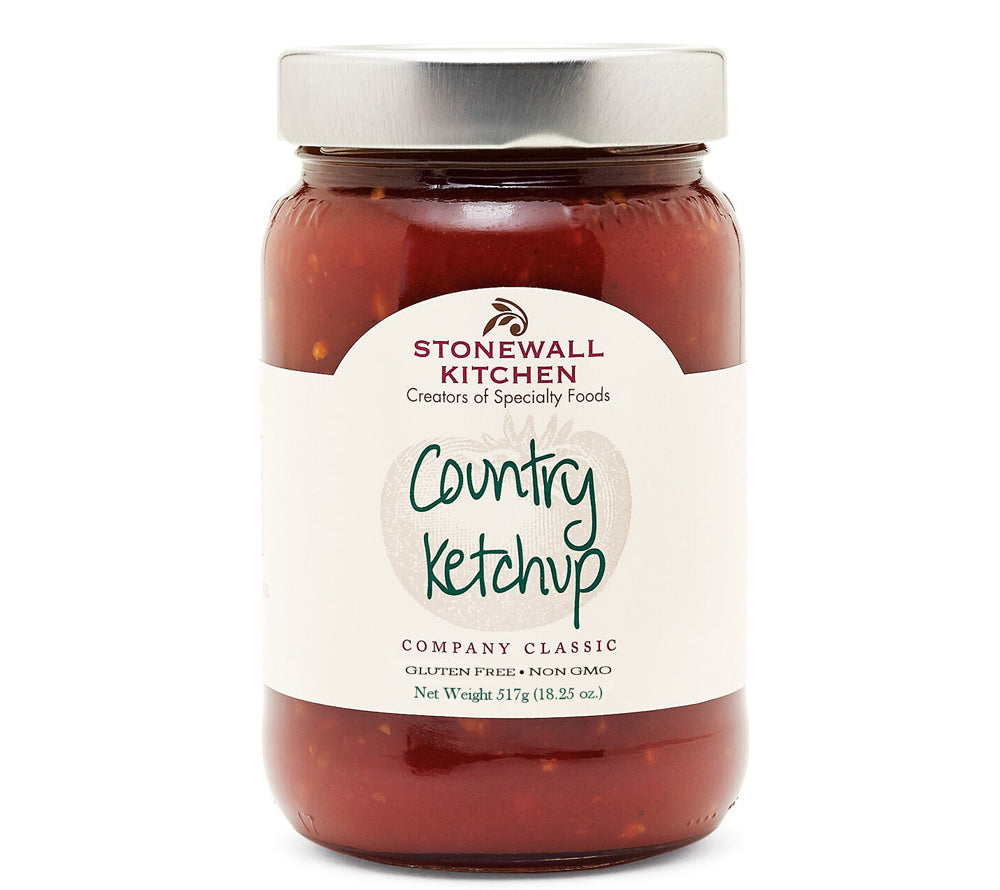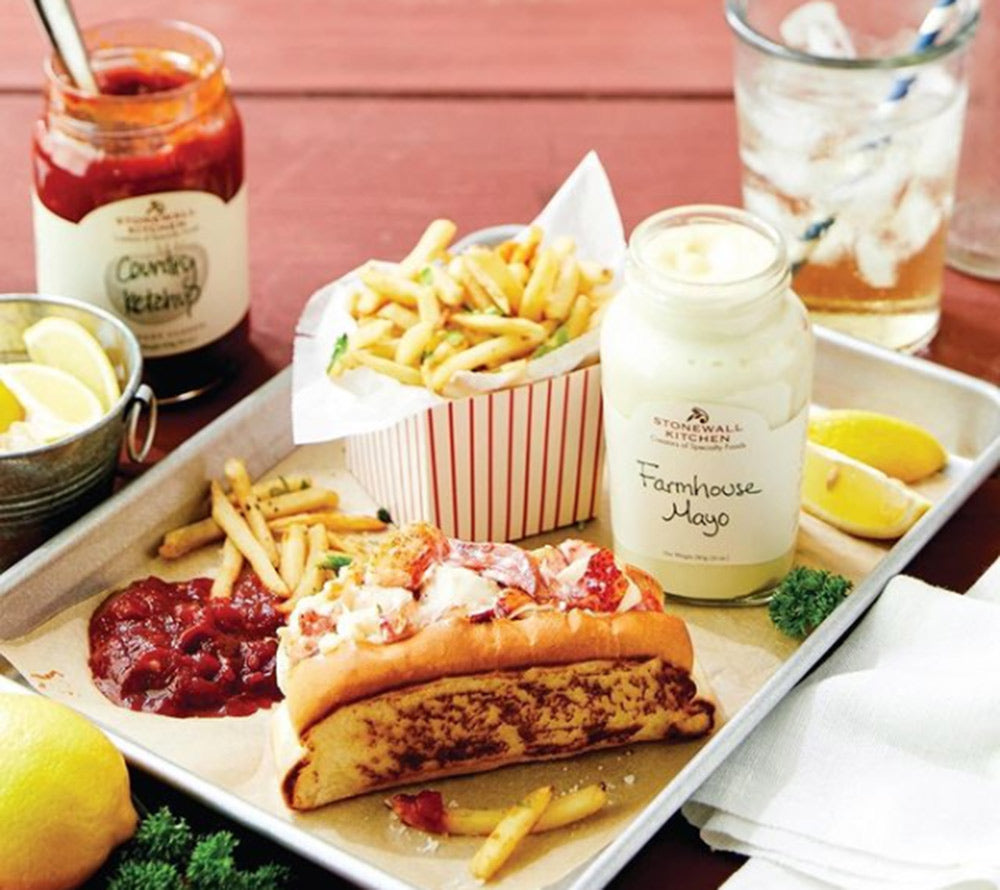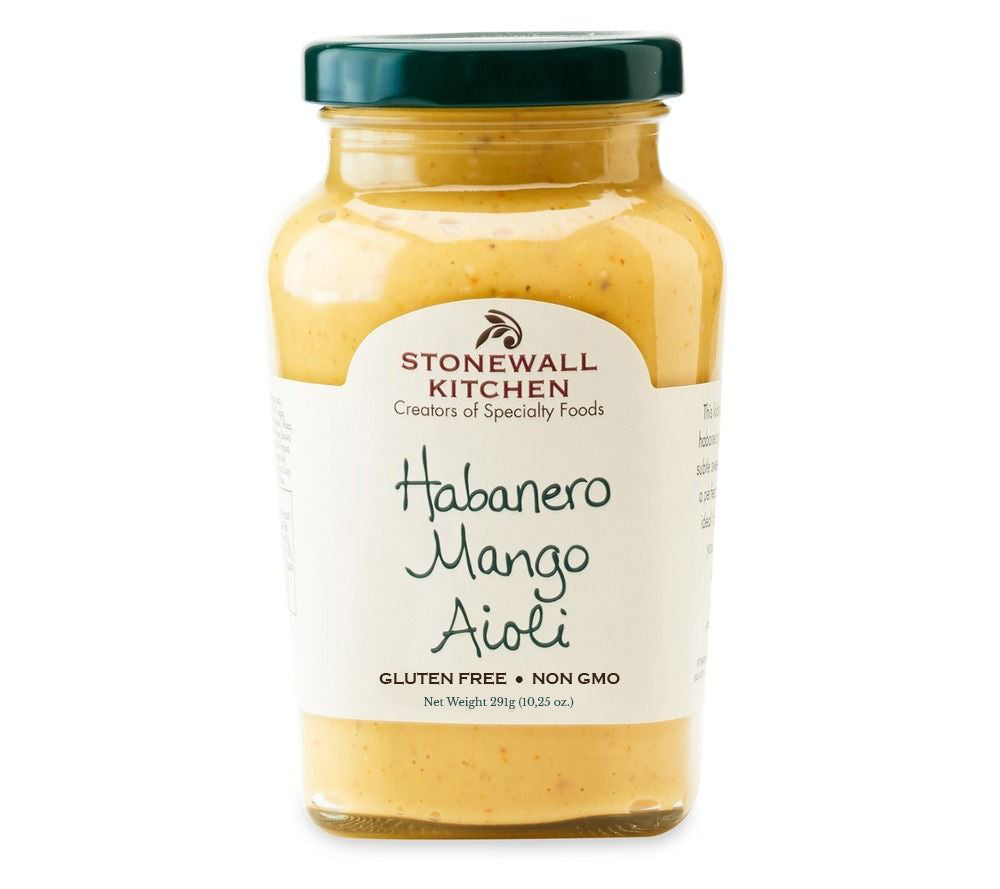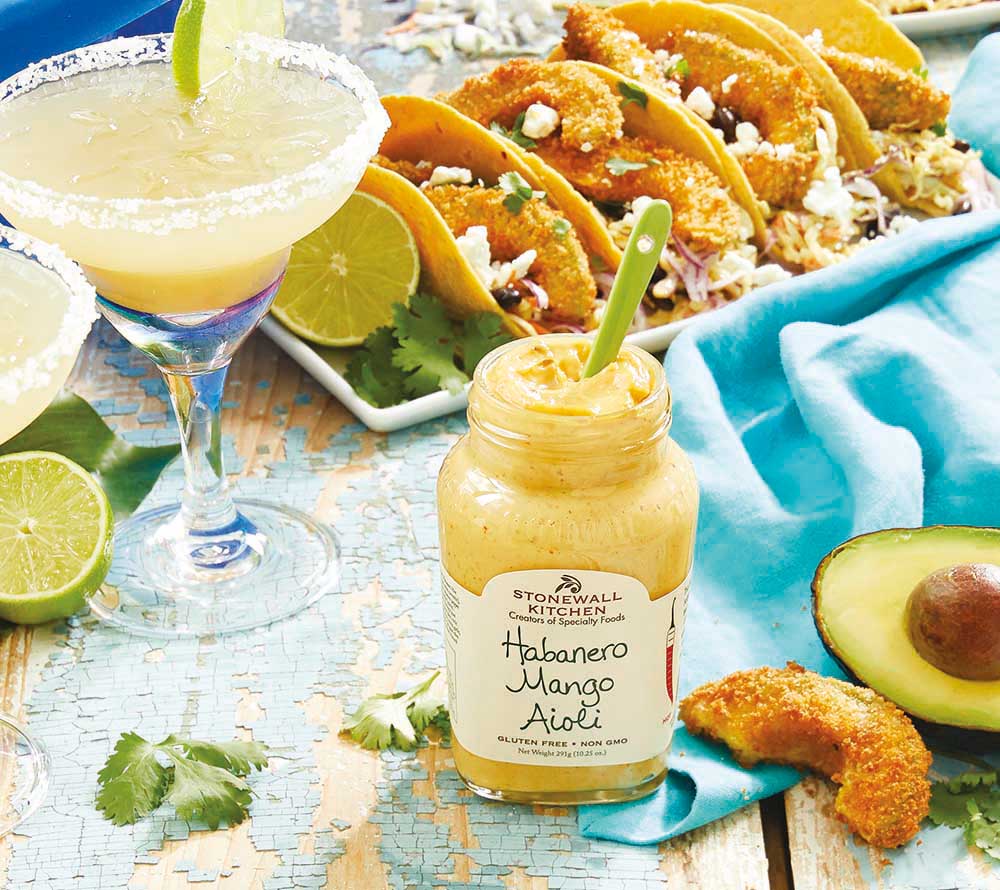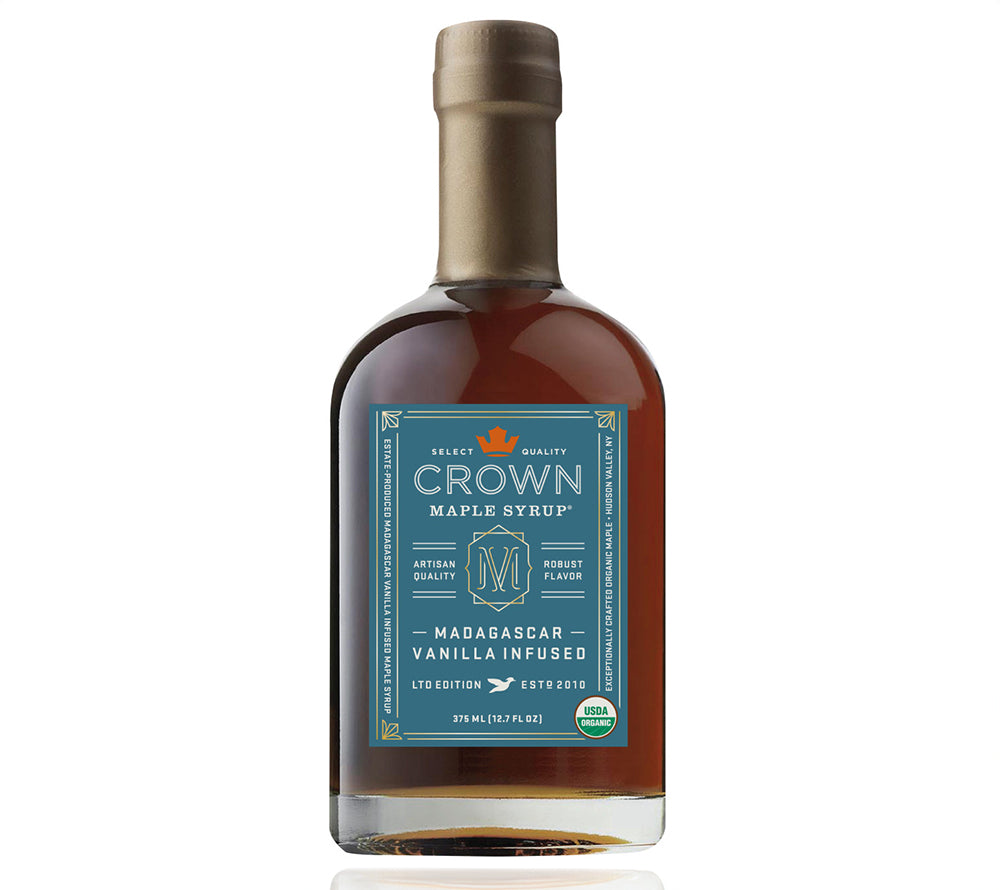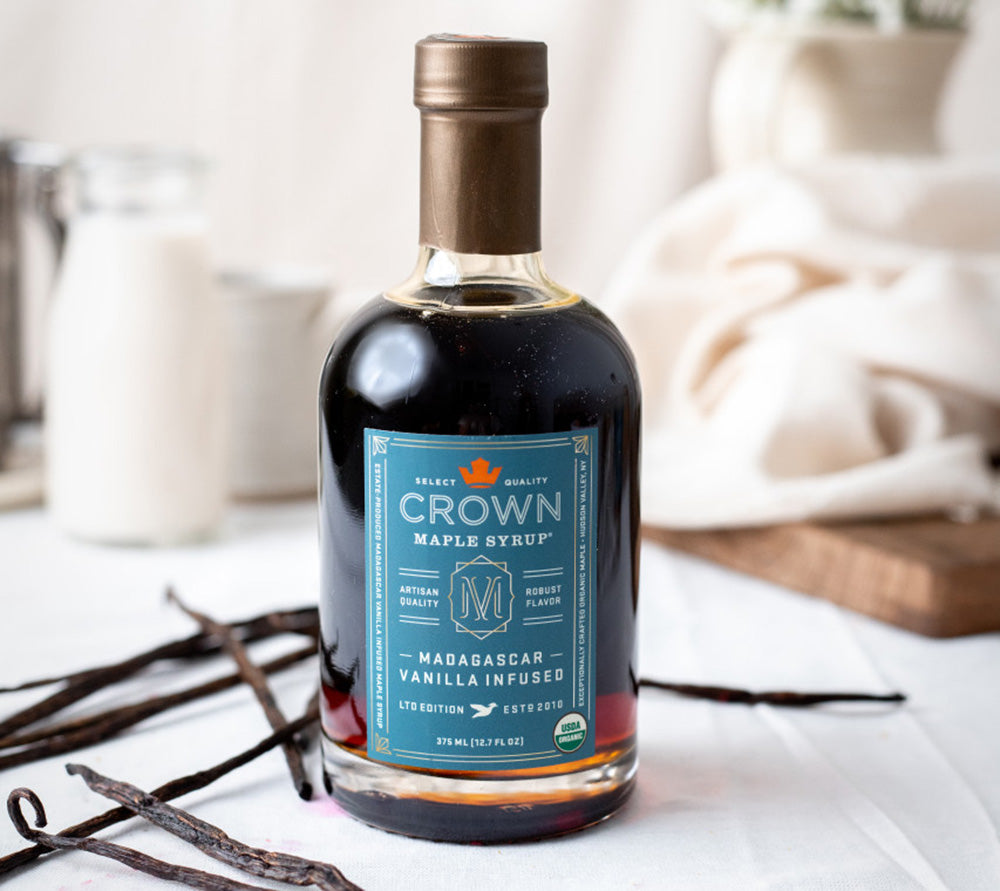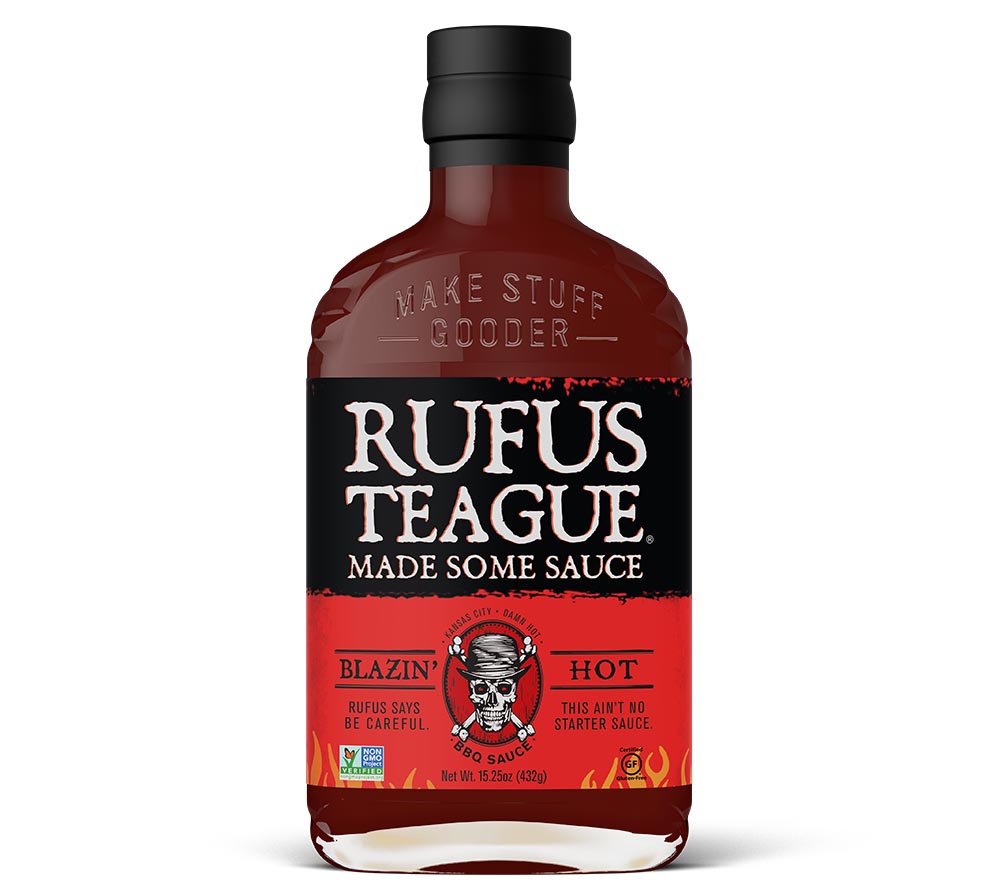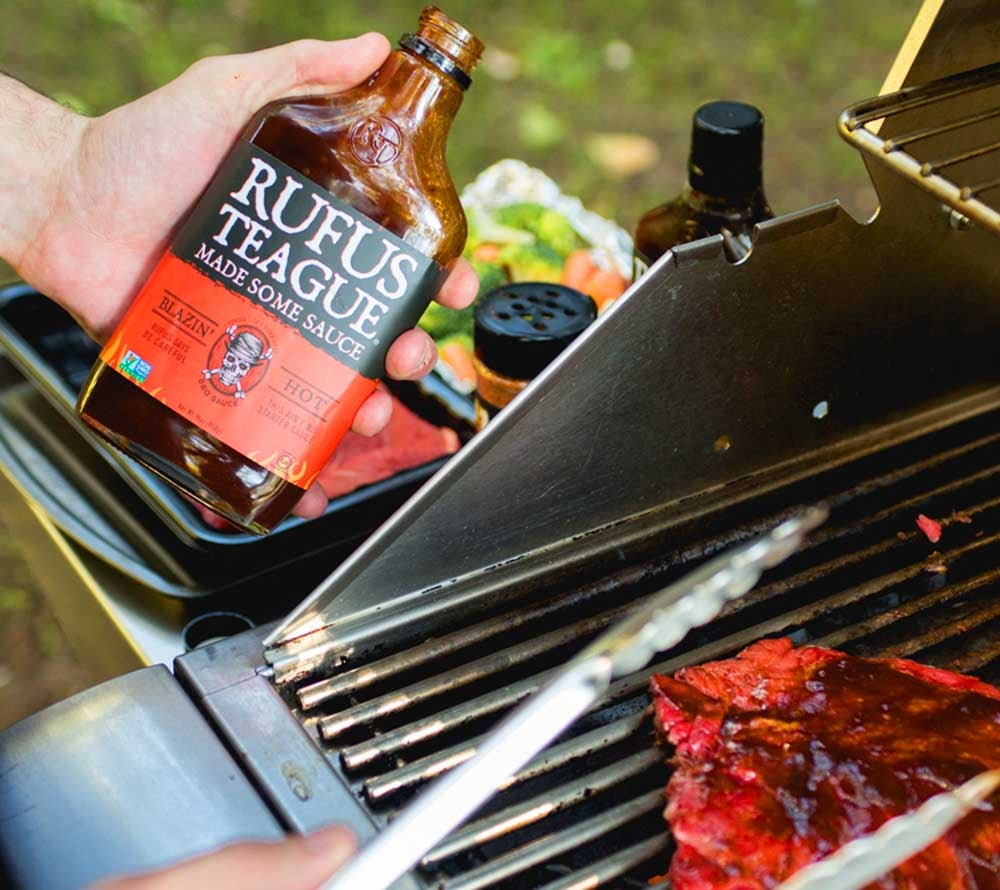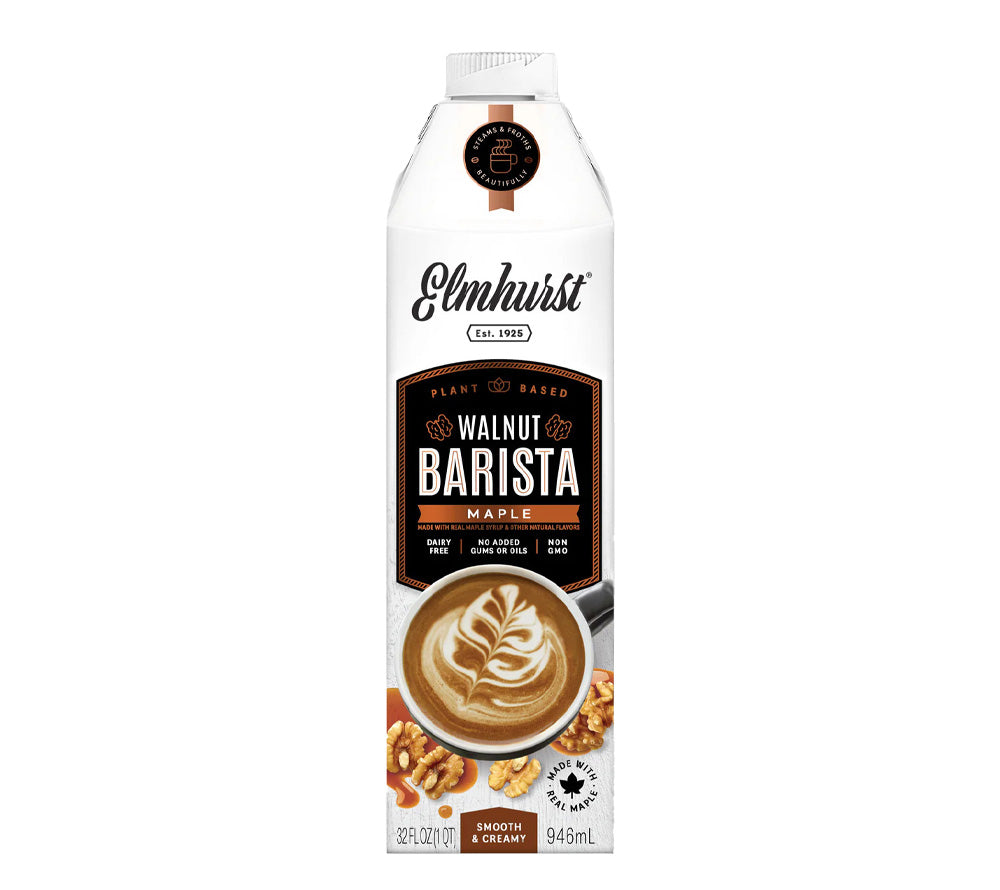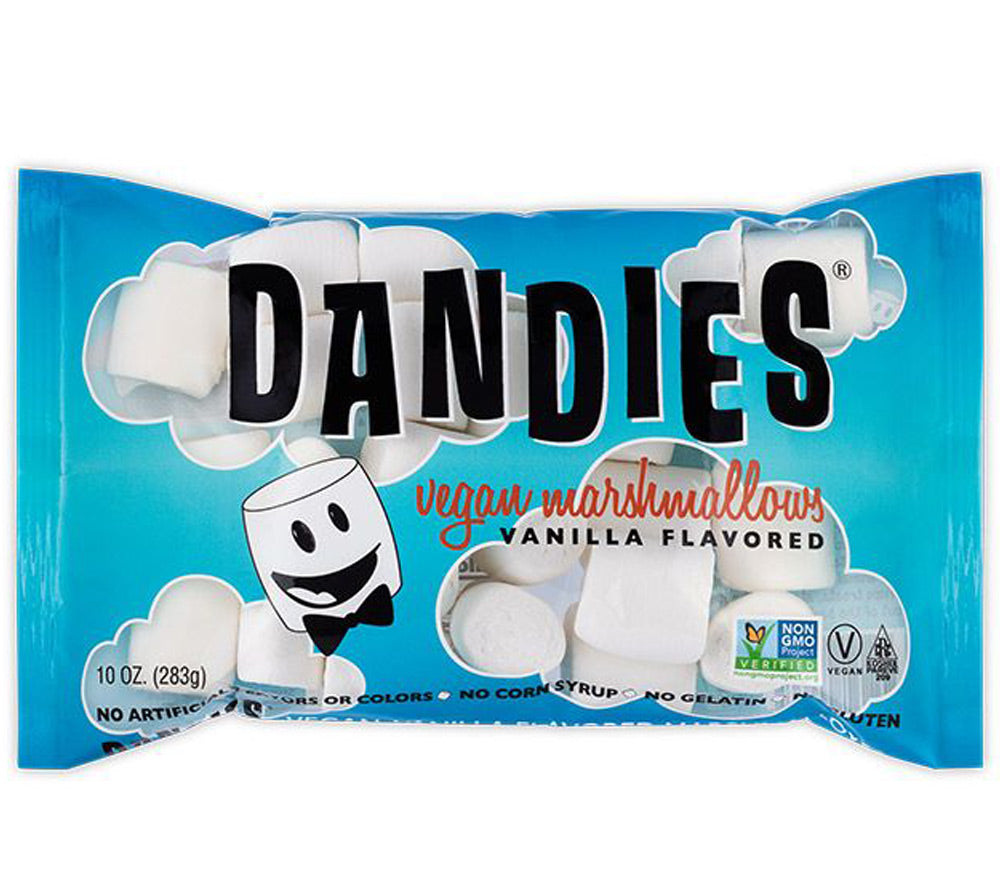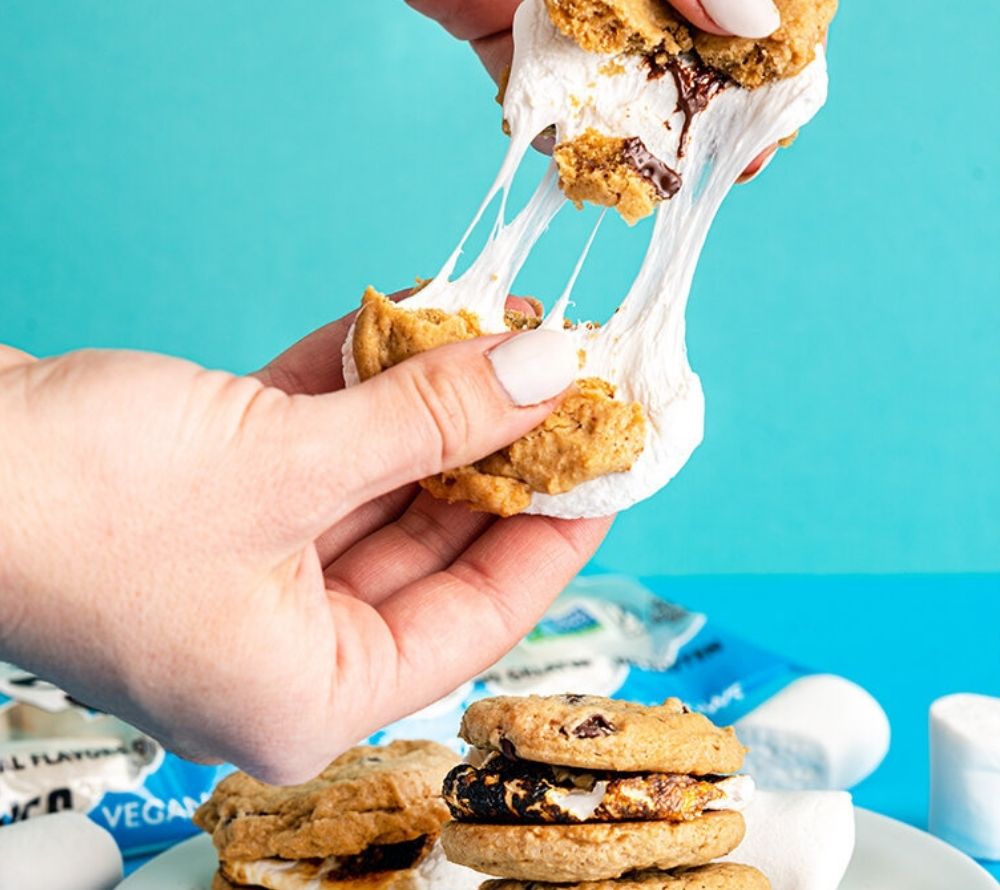
This is what awaits you in our article on the topic Madagascar Bourbon for Van:
- Madagascar Bourbon Vanilla is not considered the best vanilla in the world for nothing
- Even today, vanilla is still grown almost entirely by hand
- Vanillin is just one of many parts of the unique vanilla flavor
Right at the beginning: no, the seductive taste of the finest Bourbon vanilla from Madagascar has despite the name nothing to do with whiskey. This purely natural treasure of the islands owes its often misleading name Meeting, the next Madagascar and the Komoren was one of the main vanilla growing areas during the colonial period and still is Bourbon Island was called.
This is also the case "Vanilla Bean" not a bean at all, but, like in German more aptly named, one pod, similar to what we know from peas.
But there is no misunderstanding undeniable quality and the incomparable taste this most exclusive of all vanilla varieties. But why is Bourbon Vanilla such a delicate treasure that is undeniably worth its high price?
Why Madagascar?
In fact, in addition to Bourbon, there is vanilla, which today, as I said, comes mainly from the islands Indian Ocean comes, many other variants of the delicious spice. Overall there is over 100 different varieties the Vanilleorchidee (a relative of the popular ornamental plants from the garden center), but are becoming commercial today only 2 types cultivated. The variety is the most widespread vanilla plantifolia, from which not only the Madagascar Bourbon for Van but also other types of vanilla Mexico, If, Arrived, Uganda, Papua New Guinea and Costa Rica be won.
The only other Vanilla sort, which is now grown commercially on a large scale vanilla tahitensis, which as the name suggests especially in Tahiti is planted. This variety is a cross between vanilla plantifolia and a very rare vanilla variety (vanilla odarata), which only in Belize and Guatemala occurs.
A third type, vanilla pom pom, can be found mainly in the countries Central America, in the Caribbean and in small numbers also in Madagascar, but their commercial value is current hardly worth mentioning.
Even if over 80% of vanilla produced today from Madagascar comes from the plant itself from Mexico and used to be primarily grown there. In fact, Mexico had until the early twentieth century an absolute monopoly on the production of vanilla. This only changed ab 1910 than the country after the Mexican Revolution looking for new sources of income. It came at just the right time that there were big ones in the country The beer reserve were discovered - unfortunately exactly in the main vanilla growing areas. The agricultural use became largely discontinued and the existing forest cut down. Through this the humidity fell in the area and made large parts of the agricultural land for the cultivation of vanilla even after the end of the oil boom unusable. Luckily we had the Spaniards at this time the vanilla already to Europe brought and many colonial powers, especially the French, the popular and expensive spice already in their tropical colonies spread.
But if same plant is grown in so many countries today, why does it taste so good? Bourbon vanilla from Madagascar then so much better than their relatives?
A handcrafted product
One reason for this is certainly that ideal cultivation and production conditions in Madagascar. As I said, vanilla needs a lot high humidityto grow and mature well. In the Northeast the island, the so-called Sava Region, exists all year round thanks to the local ocean currents much rain and the floors are special rich in nutrients – ideal conditions for growing vanilla.
The other reason for that Quality of Bourbon Vanilla is their production a lot of time and manual work requires. In fact, the plants exported from Mexico could also be used in the European colonies long after their spread even not bred commercially become. The reason should be clear to readers of ours Pumpkin-Blogs appear familiar on American Heritage. In Mexico the original vanilla plants are grown by only 2 local and very rare bee species pollinated. However, these bees do not occur at all outside of Mexico and local insect species avoid the vanilla flowers. A solution for this dilemma only in 1841 of a twelve year old slave on one of the vanilla plantations Meeting found only centuries after the plant was discovered by Europeans.
The procedure in which the female and male parts of the flower can be brought together with a wooden stick, even today, due to the fragile Nature of plants and especially their flowers, only by hand be carried out separately for each individual flower – a huge time and logistical effort.
But the effort begins and does not end with pollination. Before a vanilla plant even bears flowers, it has to be whole for 3 years be carefully cultivated. However, the hopefully numerous flowers themselves will only bloom for less than 24 hours, often only in a 5 to 6 hour time window in the late morning and can only be pollinated during this limited time before they die. Each successfully pollinated flower in turn only produces a single vanilla beanthat again at least 6 months must grow before it can be harvested. The flowers are usually pollinated in November and the harvest begins in most cases only in June.
And as if the cultivation of the plants not complicated enough would be, is the maturation process the pods again after harvesting completely different caliber and so difficult that only a few locals master the process from start to finish. The freshly harvested vanilla beans, like our peas, are green and actually fresh from the vine no taste or aroma of its own. In order to get the typical vanilla taste out of the pods, they have to for about 30 days in the sun be dried. Then the beans are wrapped in sheets and in the tropical, humid night air Ferment (also colloquially known as “sweating”).
For particularly high-quality vanilla However, the pods will not simply be left to their own devices during this time. Instead massage the workers increase the pods by one every day uniform production of the ingredient Vanillin to guarantee. Depending on the desired quality and intensity of the vanilla, the entire ripening process can begin from the harvest 10 to 12 weeks usually take a while before the vanilla is ready in September packaged and sent to gourmets all over the world.
If you want to find out more about how the aromatic pods ultimately become deliciously pure Vanilla extract that we definitely don't want to miss when baking, then read our blog about the topic Bourbon-Vanilla-Extrakt on American Heritage you can find out more about further processing.
Quality has its price
This is exactly what is special complex and lengthy productionwho the often high price The bourbon vanilla, which comes fresh from producers in Madagascar, costs a good $600 per pound (currently almost €1,300 per kilogram) can cost. Added to this is the current monopoly position of producers in Madagascar, which, as mentioned, currently covers a good 80% of the global production volume. On the one hand, customers can rely on one high quality standard of vanilla, but on the other hand, this dominance also ensures that in years when the harvest in Madagascar turns out to be poor, the already expensive prices worldwide increase again increase up to 50% can.
The main reason for the monopoly Madagascar's influence on today's vanilla production is particularly important historically based and is based on the strategies of former French colonial rulers and their local successors, who tried to limit the production of vanilla to their own territories in order to increase their own profits. Although many of these growing areas, such as Madagascar, today independent but others, such as Réunion, are still so-called “Overseas Territories” France. An interesting fact that may be new to many: Due to its numerous spread across the globe Departments, lay fast 20 % of France's landmass outside the European continent (If you include the respective exclusive economic zones (EEZs), such as coastal waters, of these territories, over 95% of the French Republic's EEZs are outside France and our western neighbor, which looks moderately small in the atlas, is suddenly one of the largest countries in terms of area World, alongside giants like the USA, Canada, Russia, China and Brazil) and even if they EU residents are and therefore the Euro Use to buy sweet vanilla treats, live almost 3 million French people far from Europe in places as far away as in Neucaledonia in the South Pacific or French Guyana in South America.
Also after the end of the French colonial administration The local vanilla producers made many efforts to improve their supremacy in the world to secure and unfortunately were Not all of these approaches are fair. This is how a conglomerate of local producers led the way Late 60s the so-called "Vanilla Mark" a. Officially, this identifier should be similar to today's organic seal, show customers at a glance which products purely natural vanilla has been used. This is exactly what was suggested to customers through advertising campaigns. In reality, however, they were only products with Madagascar Bourbon Vanilla marked with the “Vanilla Mark” and other vanilla varieties, even if they were produced purely naturally, have this identifier excluded. In this way, customers who actually only wanted to support organically grown goods simultaneously cemented the supremacy of suppliers from Madagascar while producers from other countries, despite organic cultivation, came away empty-handed. Luckily the “Vanilla Mark” was retired in the 80s, but within the good decade of its use it had successfully beaten many global competitors into bankruptcy respectively.
But such practices belong today Past and the demand and popularity of Madagascar Bourbon Vanilla is based, despite new and old international competition and the unchanged high price, just on theirs unique taste.
The magic word is vanillin
The final result of the local weather conditions in Madagascar and the hard work of local farmers is a vanilla bean that is particularly rich in Vanillin is.
Many people probably already know the word Baking ingredients shelf in the supermarket, where you can often find vanilla sugar as well small packages “Vanillin” finds. Natural vanillin in the pods is mainly responsible for the typical deep, warm and rich taste high quality vanilla. The main reason for this is the high vanillin content, which is evenly distributed throughout the pods thanks to careful massage unique taste of Bourbon vanilla.
Then why shouldn't you go to? usually much cheaper vanillin packets grab it from the supermarket?
For 2 reasons: First of all, the vanillin from the supermarket is almost always not natural but synthetically produced. The pod of the vanilla plant is not used for this, but instead the bark, which is swollen to extract residual vanillin from it. Secondly, the vanillin from the supermarket is just that – Pure Vanilla. And even though vanillin is an indispensable main component of the typical vanilla taste, vanilla beans contain over 250 other natural compounds, the further spicy, floral and nutty notes contribute to the typical vanilla taste. These are almost always completely missing from supermarket vanillin, which is why the result is almost always good very artificial and flat tastes compared to vanilla from the pod.
Surprisingly, the Madagascar Bourbon has vanilla though the thinnest pods of all commercial vanilla varieties, but thanks to the ideal weather and the hard manual work of the local producers, it still has 2.5% the highest proportion of vanillin and therefore the most intense taste of all varieties on the market today.
Other Vanilla Sorts are not objectively worse than bourbon vanilla, but there are very clear ones Differences in taste. The second best-selling vanilla in the world comes from Indonesia, but is e.g. less sweet and creamy and has clearly woody and sometimes even easy smoky accents. The former vanilla stronghold Mexico is now the third largest producing country in the world. The vanilla there is light hot and spicy accents. However, it lacks the deep flavor profile that is highlighted by the weather conditions in Madagascar. On Tahiti, the fourth largest producer in the world, will, as already mentioned, become one modified vanilla variety cultivated. Your taste is less intense, however, has clearly floral accents and is a little reminiscent of the finish Star anise. The vanilla producers then end up in fifth place Uganda. Vanilla is from the East African country sweeter and flatter in taste and has a clear earthy note. However, the country has the advantage that, unlike in Madagascar, for example, thanks to two regular dry phases, vanilla can be harvested more than once a year and therefore vanilla is usually a little cheaper on the market.
Although there are other countries like this Papua New Guinea and Costa Rica, which also produce vanilla, but due to the very small quantities, these varieties are usually not found on our shelves. This is also worth mentioning here Indian Vanilla, which is probably through one clearly chocolaty note different from other varieties.
But in the end it happens as always on the taste on and surveys in Europe and the USA have shown that a large proportion of consumers enjoy the uniquely deep taste of Bourbon vanilla from Madagascar prefers the alternatives from Tahiti, Mexico & Co.
And we can only confirm this judgment. Hard work pays off in the end.

